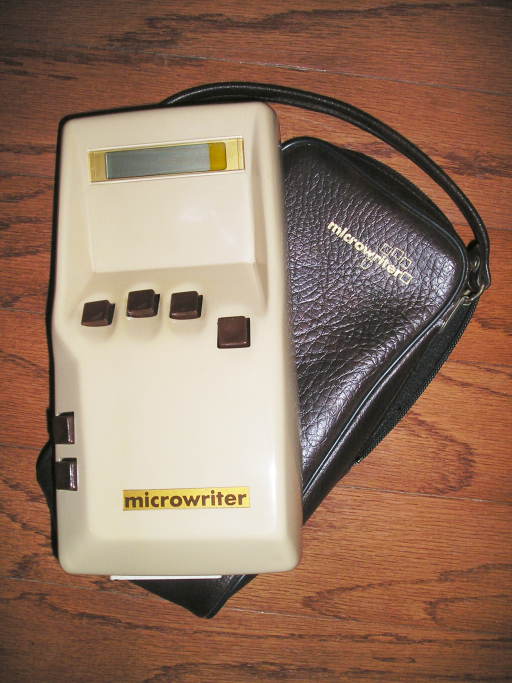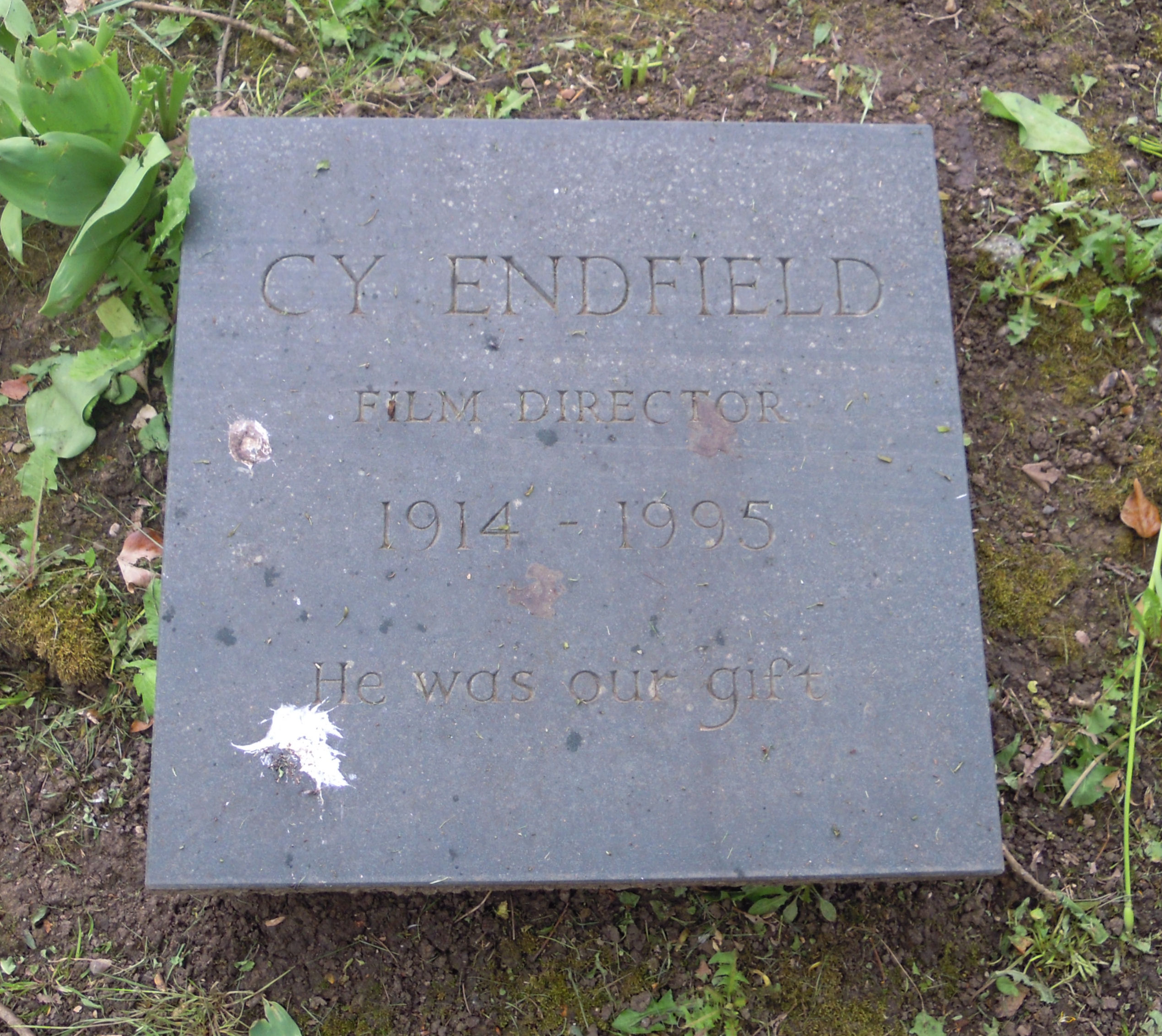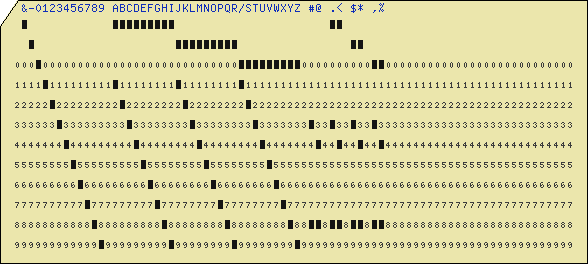|
CyKey
CyKey (pronounced "sai-ki" or "psyche") is a one-handed chorded keyboard, catering to both left- and right-handed users. It features nine keys, grouped into three sets of three. CyKey was introduced in 1996 by Bellaire Electronics. It was a follow-on to the Microwriter, meant to be used with personal computers and Palm PDAs. It was named after Cy Endfield Cyril Raker Endfield (November 10, 1914 – April 16, 1995) was an American screenwriter, director, author, magician and inventor. Having been named as a Communist at a House Un-American Activities Committee hearing and subsequently blacklisted ..., co-inventor of the Microwriter. References External links * Computer keyboard models Computing input devices Products introduced in 1996 Physical ergonomics {{Compu-mobile-stub ... [...More Info...] [...Related Items...] OR: [Wikipedia] [Google] [Baidu] |
Microwriter
The Microwriter is a hand-held portable word-processor with a chording keyboard. First demonstrated in 1978, it was invented by UK-based, US-born film director Cy Endfield and his partner Chris Rainey and was marketed in the early 1980s by Microwriter Ltd, of Mitcham, Surrey, UK. By using a mnemonic alphabet, it was claimed to allow note-taking of up to 8,000 characters at an input rate averaging 1.5 times that of handwriting. The Microwriter MW4 Although there was an earlier unit with an LED display, the MW4 with an LCD was the most common unit. The 23 cm × 12 cm × 5 cm (9" x 5" x 2") device comprises: * A six-button chording keyboard. * A single line LCD. * An 8 bit CDP1802 microprocessor. * Complete Word processing software in ROM. * 16 kilobytes of RAM. * Rechargeable Nickel-cadmium batteries - sufficient to run the device for 30 hours. * Various interfaces (see below). This device is capable of allowing the user to enter and edit several pages o ... [...More Info...] [...Related Items...] OR: [Wikipedia] [Google] [Baidu] |
Cy Endfield
Cyril Raker Endfield (November 10, 1914 – April 16, 1995) was an American screenwriter, director, author, magician and inventor. Having been named as a Communist at a House Un-American Activities Committee hearing and subsequently blacklisted, he moved to the United Kingdom in 1953, where he spent the remainder of his career. Early life Endfield was born in Scranton, Pennsylvania, to a Jewish immigrant father whose business was hit hard by the Great Depression. He attended Yale University. Career in the U.S. Endfield began his career as a theatre director and drama coach, becoming a significant figure in New York's progressive theatre scene. It was largely through a shared interest in magic that Orson Welles became aware of Endfield and recruited him as an apprentice for Mercury Productions (then based at RKO Pictures). One of his independent films was ''Inflation'' (1942), a 15-minute commission for the Office of War Information that was rejected as being anti-capitalist. ... [...More Info...] [...Related Items...] OR: [Wikipedia] [Google] [Baidu] |
Chorded Keyboard
A keyset or chorded keyboard (also called a chorded keyset, ''chord keyboard'' or ''chording keyboard'') is a computer input device that allows the user to enter characters or commands formed by pressing several keys together, like playing a " chord" on a piano. The large number of combinations available from a small number of keys allows text or commands to be entered with one hand, leaving the other hand free. A secondary advantage is that it can be built into a device (such as a pocket-sized computer or a bicycle handlebar) that is too small to contain a normal-sized keyboard. A chorded keyboard minus the board, typically designed to be used while held in the hand, is called a keyer. Douglas Engelbart introduced the chorded keyset as a computer interface in 1968 at what is often called "The Mother of All Demos". Principles of operation Each key is mapped to a number and then can be mapped to a corresponding letter or command. By pressing two or more keys together the user ca ... [...More Info...] [...Related Items...] OR: [Wikipedia] [Google] [Baidu] |
Personal Computer
A personal computer (PC) is a multi-purpose microcomputer whose size, capabilities, and price make it feasible for individual use. Personal computers are intended to be operated directly by an end user, rather than by a computer expert or technician. Unlike large, costly minicomputers and mainframes, time-sharing by many people at the same time is not used with personal computers. Primarily in the late 1970s and 1980s, the term home computer was also used. Institutional or corporate computer owners in the 1960s had to write their own programs to do any useful work with the machines. While personal computer users may develop their own applications, usually these systems run commercial software, free-of-charge software ("freeware"), which is most often proprietary, or free and open-source software, which is provided in "ready-to-run", or binary, form. Software for personal computers is typically developed and distributed independently from the hardware or operating system ma ... [...More Info...] [...Related Items...] OR: [Wikipedia] [Google] [Baidu] |
Palm (PDA)
Palm was a line of personal digital assistants (PDAs) and mobile phones developed by California-based Palm, Inc., originally called Palm Computing, Inc. Palm devices are often remembered as "the first wildly popular handheld computers," responsible for ushering in the smartphone era. The first Palm device, the PalmPilot 1000, was released in 1996 and proved to be popular. It led a growing market for portable computing devices where previous attempts such as Apple's Newton failed or others like Hewlett-Packard's 200LX only serving a niche target market. Most of Palm's PDAs and mobile phones ran the in-house Palm OS software which was later also licensed to other OEMs. A few devices ran on Microsoft's Windows Mobile. In 2009 Palm OS's successor webOS was released, first shipping with the Palm Pre. In 2011 Hewlett-Packard discontinued the Palm brand and started releasing new devices under the HP brand, but discontinued its hardware later that same year. In 2018, a San Francisco ... [...More Info...] [...Related Items...] OR: [Wikipedia] [Google] [Baidu] |
Microsoft Research
Microsoft Research (MSR) is the research subsidiary of Microsoft. It was created in 1991 by Richard Rashid, Bill Gates and Nathan Myhrvold with the intent to advance state-of-the-art computing and solve difficult world problems through technological innovation in collaboration with academic, government, and industry researchers. The Microsoft Research team has more than 1,000 computer scientists, physicists, engineers, and mathematicians, including Turing Award winners, Fields Medal winners, MacArthur Fellows, and Dijkstra Prize winners. Between 2010 and 2018, 154,000 AI patents were filed worldwide, with Microsoft having by far the largest percentage of those patents, at 20%.Louis Columbus, January 6, 201Microsoft Leads The AI Patent Race Going Into 2019 ''Forbes'' According to estimates in trade publications, Microsoft spent about $6 billion annually in research initiatives from 2002-2010 and has spent from $10–14 billion annually since 2010. Microsoft Research has made signi ... [...More Info...] [...Related Items...] OR: [Wikipedia] [Google] [Baidu] |
Computer Keyboard Models
A computer is a machine that can be programmed to carry out sequences of arithmetic or logical operations (computation) automatically. Modern digital electronic computers can perform generic sets of operations known as programs. These programs enable computers to perform a wide range of tasks. A computer system is a nominally complete computer that includes the hardware, operating system (main software), and peripheral equipment needed and used for full operation. This term may also refer to a group of computers that are linked and function together, such as a computer network or computer cluster. A broad range of industrial and consumer products use computers as control systems. Simple special-purpose devices like microwave ovens and remote controls are included, as are factory devices like industrial robots and computer-aided design, as well as general-purpose devices like personal computers and mobile devices like smartphones. Computers power the Internet, which links bill ... [...More Info...] [...Related Items...] OR: [Wikipedia] [Google] [Baidu] |
Computing Input Devices
Computing is any goal-oriented activity requiring, benefiting from, or creating computing machinery. It includes the study and experimentation of algorithmic processes, and development of both hardware and software. Computing has scientific, engineering, mathematical, technological and social aspects. Major computing disciplines include computer engineering, computer science, cybersecurity, data science, information systems, information technology and software engineering. The term "computing" is also synonymous with counting and calculating. In earlier times, it was used in reference to the action performed by mechanical computing machines, and before that, to human computers. History The history of computing is longer than the history of computing hardware and includes the history of methods intended for pen and paper (or for chalk and slate) with or without the aid of tables. Computing is intimately tied to the representation of numbers, though mathematical concepts ... [...More Info...] [...Related Items...] OR: [Wikipedia] [Google] [Baidu] |
Products Introduced In 1996
Product may refer to: Business * Product (business), an item that serves as a solution to a specific consumer problem. * Product (project management), a deliverable or set of deliverables that contribute to a business solution Mathematics * Product (mathematics) Algebra * Direct product Set theory * Cartesian product of sets Group theory * Direct product of groups * Semidirect product * Product of group subsets * Wreath product * Free product * Zappa–Szép product (or knit product), a generalization of the direct and semidirect products Ring theory * Product of rings * Ideal operations, for product of ideals Linear algebra * Scalar multiplication * Matrix multiplication * Inner product, on an inner product space * Exterior product or wedge product * Multiplication of vectors: ** Dot product ** Cross product ** Seven-dimensional cross product ** Triple product, in vector calculus * Tensor product Topology * Product topology Algebraic topology * Cap product * Cup product * ... [...More Info...] [...Related Items...] OR: [Wikipedia] [Google] [Baidu] |







